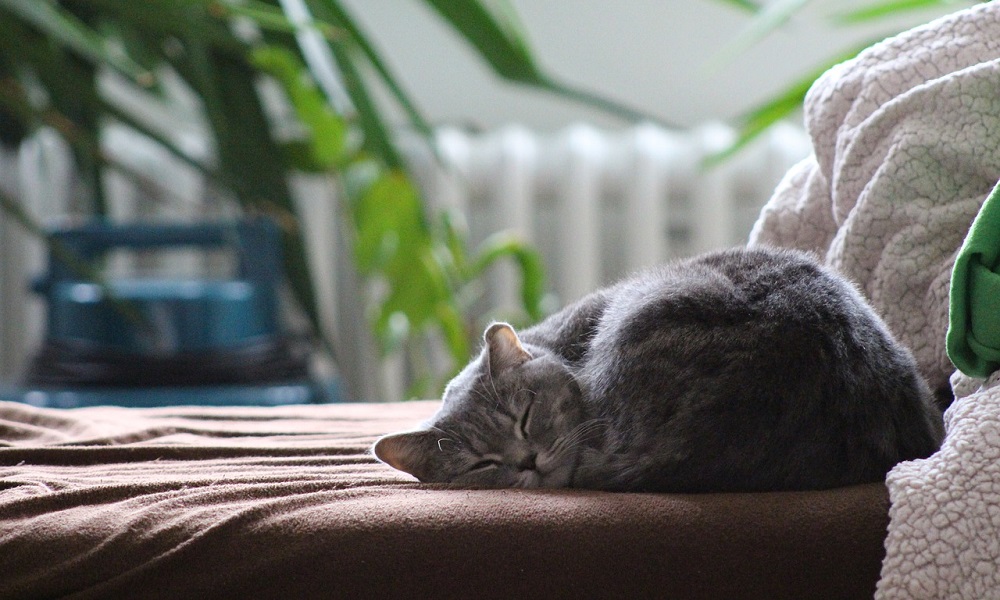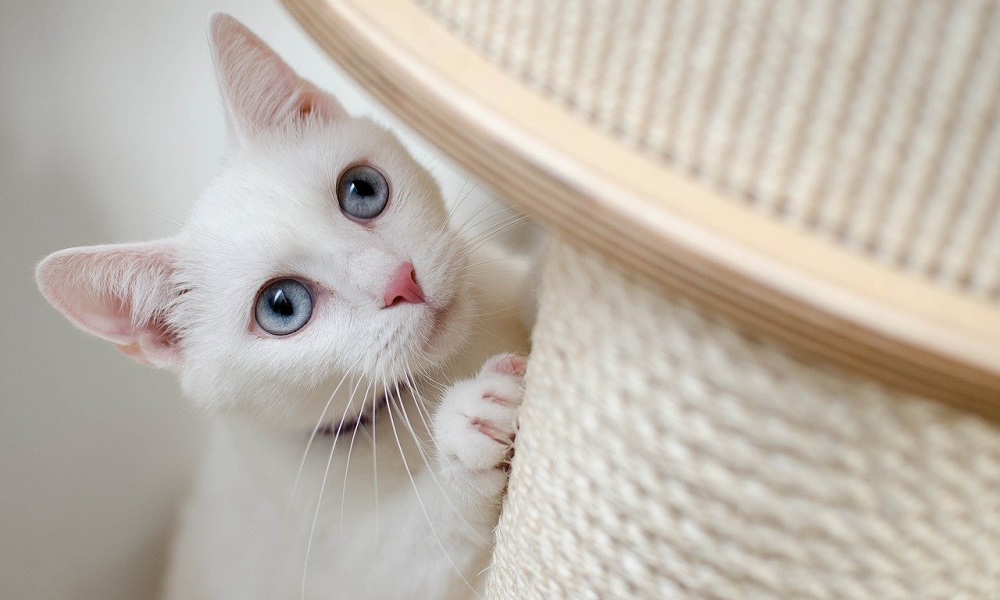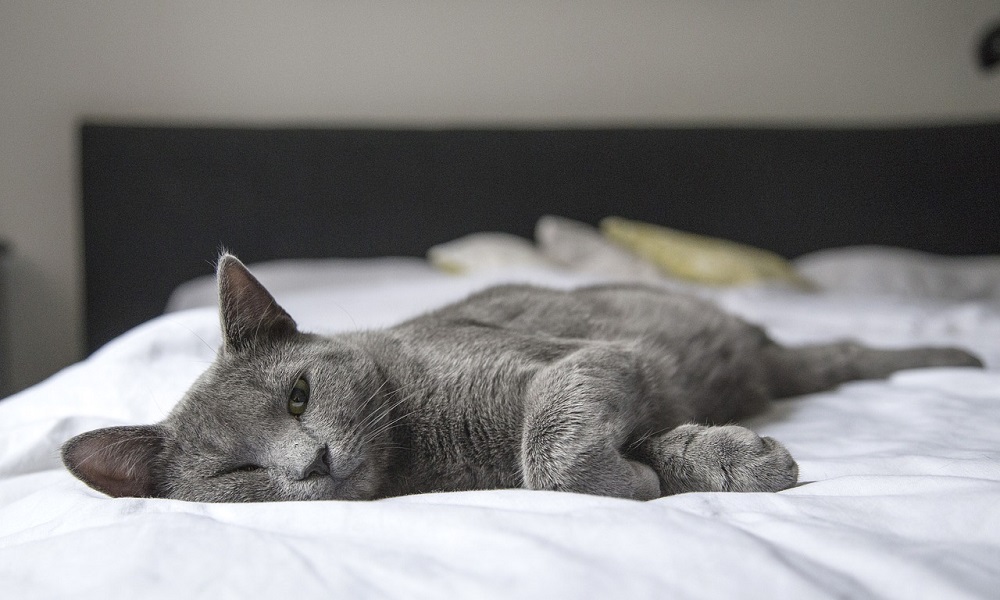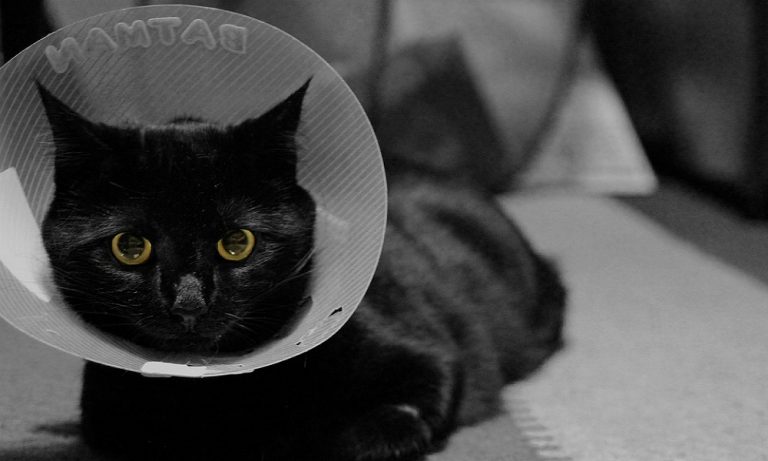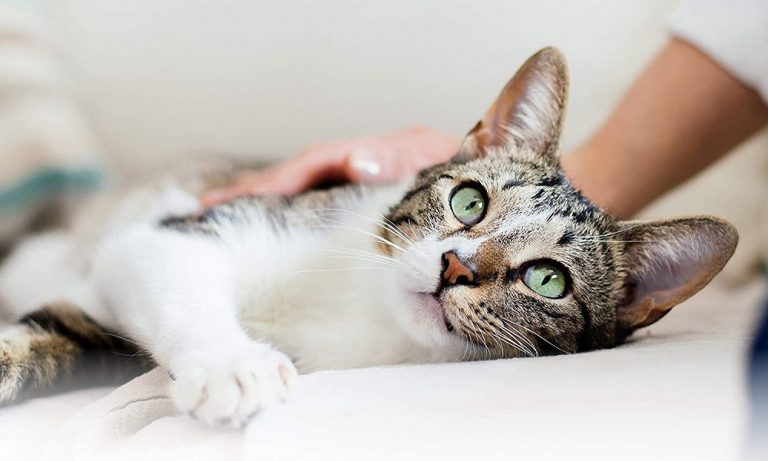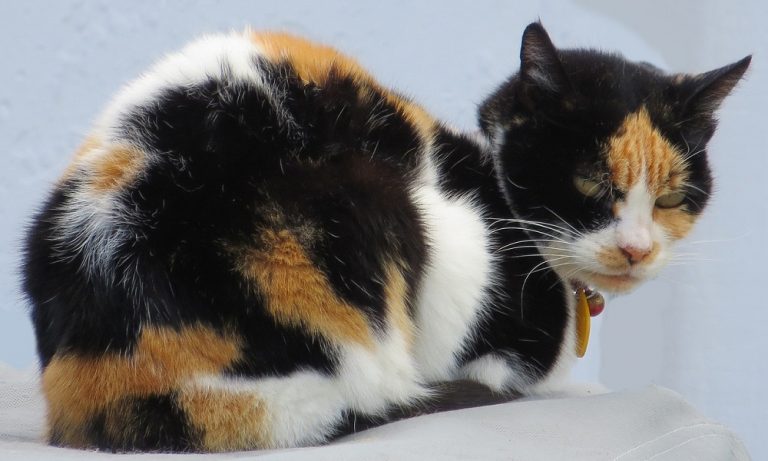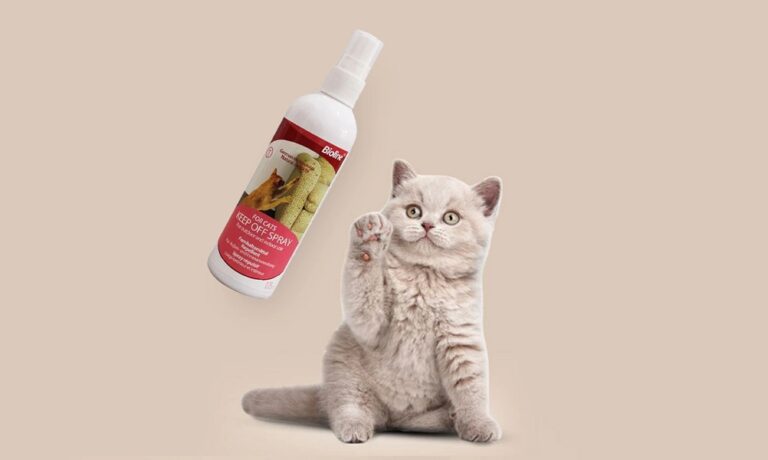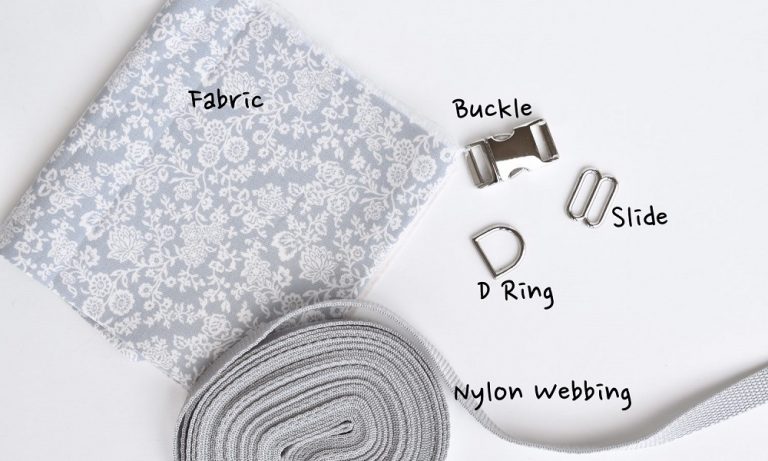What are the Signs of Cat Spraying?
Have you recently spotted vertical marks around your house? Are these yellowish and smell a lot like cat pee? For many pet owners, this is a common occurrence.
It often means that your feline is spraying. Mature cats exhibit this behavior for multiple reasons; however, this is neither a health nor a training problem.
While both intact male and female cats may demonstrate this behavior, it is more common for a male cat to start marking when he reaches maturation.
Your cat uses this method as a signal, and it can be indicated towards you or other cats. It is easy to tell this behavior apart from the inappropriate elimination.
These cases are almost never found in neutered cats. Before dealing with the smell, you first need to make sure whether your cat is spraying or not.
Consider cleaning the litter box or adding a new one. Finally, if the behavior persists, you may need to consult a veterinarian.
This guide will share the details behind cat spraying and how you can spot it based on behavior, posture, and spraying frequency.
What Does Cat Spray Look Like?
If your cat is around four months old, hasn’t been neutered, and has been smelling somewhat fishy lately, you can expect to find signs of spraying.
This usually results in vertical spots at the height of a few inches on your walls, furniture, or your carpets. Your house may smell a lot like cat pee, and it is actually because your cat is marking his territory.
While you can distinguish the act from inappropriate urinating by the scent, you can also know whether your cat is spraying or not by observing the marks visually.
Usually, these are small spots, unlike puddles in case of urinating. These will also be more frequent around places your feline visits most often.
While cats can spray almost anywhere they can physically reach, they only do so in places they deem their own, a.k.a, their territory. If you notice vertical pee marks outside the litter box, you can know your tabby is marking.
If you find your kitty standing with his back to a vertical surface, his tail erect, and his posture stiff, you have caught him in the act.
This is different from urinating because cats crouch down doing so and have somewhat less tense body language.
Read more: best flea sprays for cats
What Color is Cat Spray?
You can notice it as a stain on vertical surfaces; however, as it is not the same as peeing, the color isn’t much noticeable on some surfaces.
On a white wall or fabric, however, you may notice yellow spots which tend to get more absorbed and smellier as time passes.
If it is not cleaned properly or left as is, the spray may cause discoloration at the surface. When your kitty is marking, it will have a more pungent scent because of the extra chemicals he is releasing.
However, the color more or less remains the same. Depending on your cat’s medical conditions and the food he has eaten, the color may be slightly different.
If they are not cleaned quickly, both the mark and the scent settle down. If your laundry has been the victim of your cat, consider using an enzymatic cleaner or oxygen bleach and wash them immediately.
Tiled floors do not catch the color; however, the same cannot be said for wooden floors. Using a scent remover like baking soda or vinegar is recommended to ensure there is no remaining stain.
Read more: why do cats spray
Different Signs of Cat Spraying
When you observe your feline’s behavior closely, you will notice that it is easy to spot when your cat is spraying. You just need to go through some simple observational steps and then follow the steps needed to redirect this behavior.
The Scent
One of the most obvious signs of spraying is a strong, pungent, ammonia-like scent in certain areas. Spraying is not observed in neutered cats.
Intact male cats exhibit this behavior, especially when they are looking for a mate or are marking their territory.
These pheromones are your pet’s way of communicating with other felines and may attract or repel them. It gets stronger as time passes and tends to bond with surfaces pretty well.
Rubbing the spot is a bad idea as it only allows the smell to soak in further. Instead, it is recommended to dilute it.
Then clean it off with a proper scent remover or enzymatic cleaner. Both approaches deal with the smell and prevent your cat from going to the place again.
Visual Signs
While the smell is pretty obvious, you can also spot the marking behavior visually. Unlike inappropriate urinating, spraying does not leave a puddle, and cats don’t do that to relieve themselves either.
They use it to spread their scent to either calm themselves, claim their territory, or attract a mate. Therefore, you will be able to see vertical marks on walls and furniture.
Where you often find your cat. Cats also have a love for laundry and carpets, and the chances are that you will also find small discolored spots there. All these indicate spraying.
Flehmen Response
Your tabby’s behavior is also a good indicator to confirm whether your pet is actually spraying or is suffering from certain health problems. A common sign of spraying is the flehmen response.
It is observed in multiple animals and includes the upwards curling of lips as they inhale certain scents. It is mostly observed when the pet is inhaling pheromones.
Your Cat’s Posture
Last but not least, your cat’s posture can also tell a lot. When cats are peeing, they sit down in a somewhat crouched position but maintain an overall relaxed posture. Cats have their back to the particular surface with their hindquarters elevated and an erect tail.
Your Cat’s Behavior
Cats may also spray to feel safe and calm when they feel insecure. If you have had a new addition to the family, have recently moved.
Just the furniture in your cat’s area has been rearranged, the chances are that your cat is feeling unsafe or uncomfortable. If your cat hasn’t been neutered and exhibits the above behaviors, he is marking.
While it is not possible to completely stop a cat from doing so, you can redirect his behavior. It is recommended to start by cleaning the litter boxes.
Read more: best cat deterrent sprays
Conclusion
Cat spraying is something many pet parents have to go through. While this behavior has multiple reasons, it is most common in intact cats.
Getting to know the reason is essential before getting to a solution. If your cat has his back to the wall with his tail erect and body in a stiff posture, he is spraying.
This is not a housebreaking training problem and may indicate emotional unease. These scents are calming for your feline.
It is not recommended to punish or forcefully stop your cat from spraying. Clean your cat’s litter box, use a pheromone spray around the places he feels most comfortable at.
You can also reduce your cat’s walking area to give him a sense of security. Neutering is also one of the possible solutions.
If however, the behavior persists, then it is most likely a health issue, and it is recommended to visit the veterinarian for a regular checkup.
